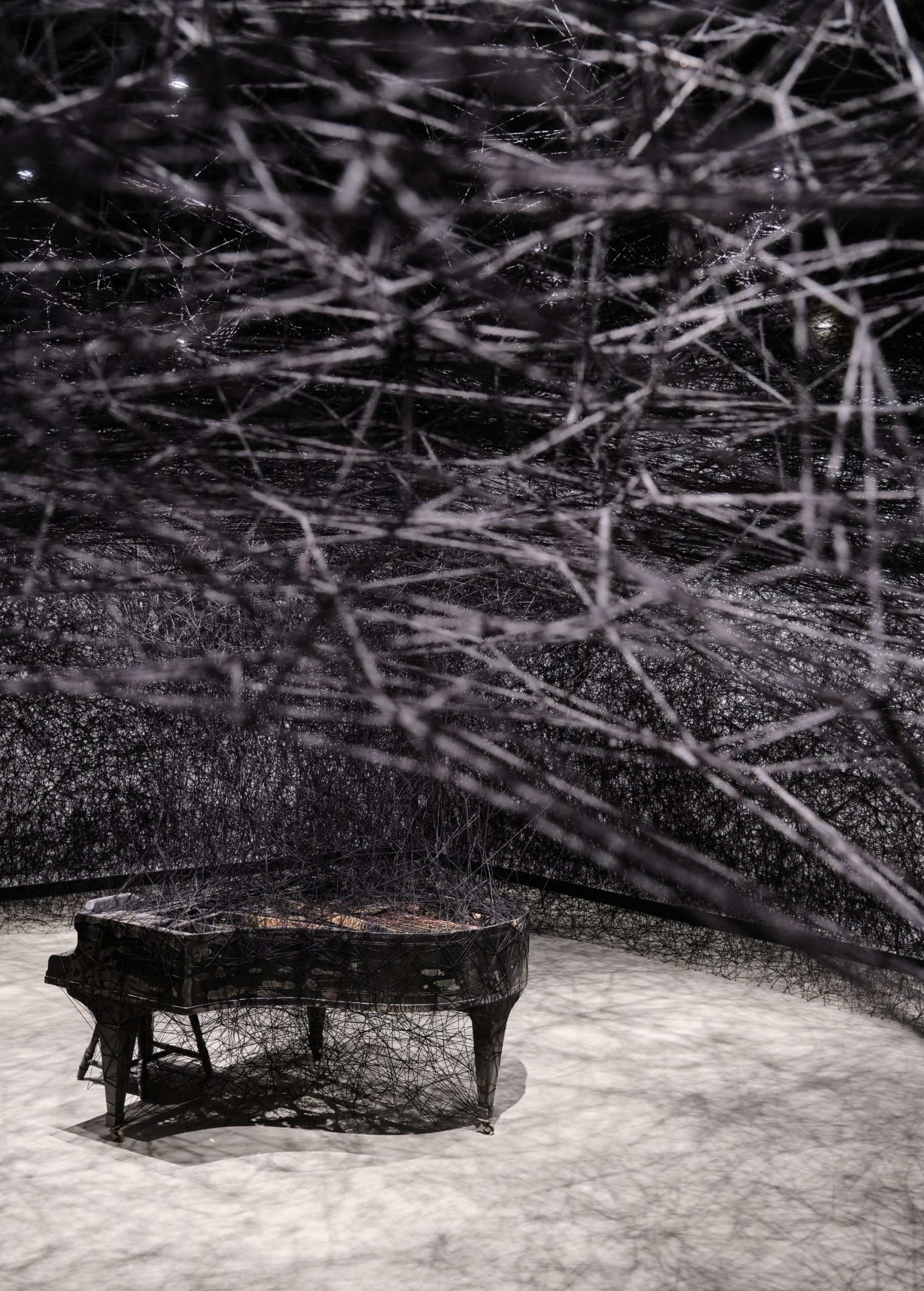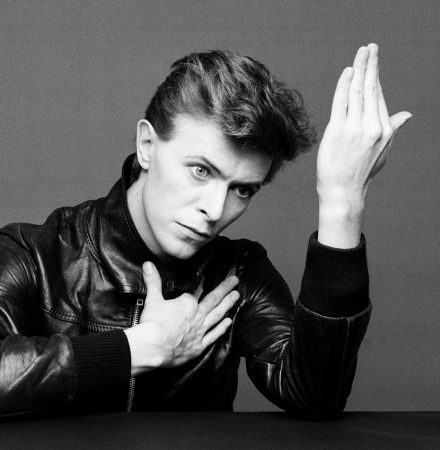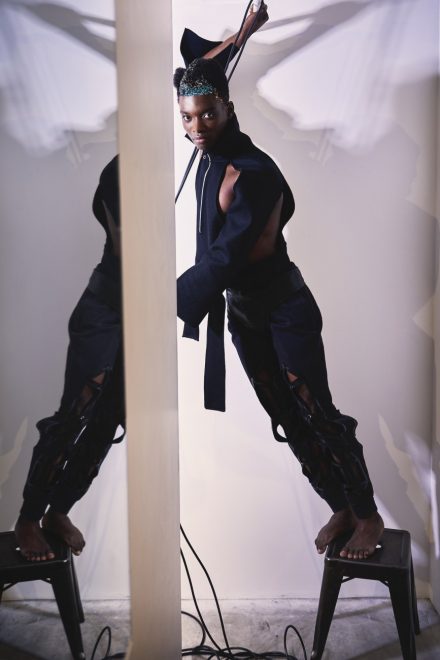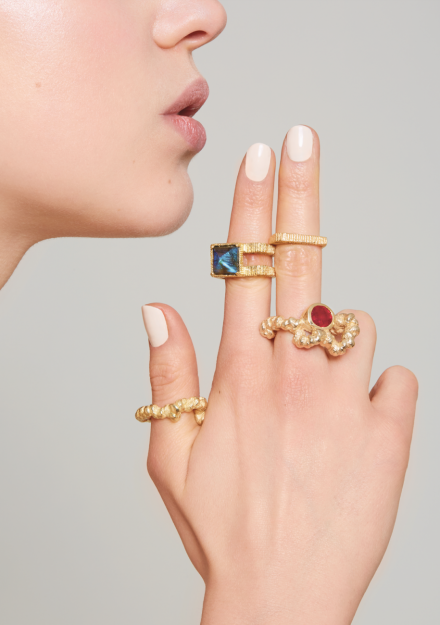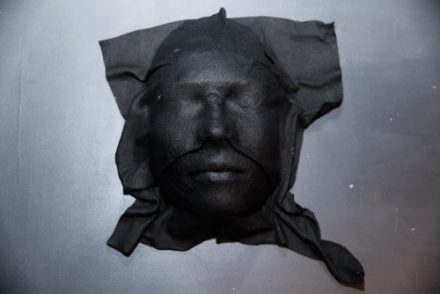The story of Zhuang Zhou and the butterfly must be one of the best known anecdotes in philosophical literature. The text reports on the Chinese Daoist thinker falling asleep and dreaming of being a butterfly, flapping his wings in joy. Upon waking, he is uncertain whether he is a man who had dreamt to be a butterfly or a butterfly dreaming to be a man, throwing up an existential question about the human perception of reality.
Japanese artist, Chiharu Shiota, explores these kinds of complex and existential questions in her artistic work. Her inspiration often emerges from personal experiences and emotions, which she expands into universal human concerns around life, death and relationships.
Born in Osaka to two fish box manufacturers, Shiota decided early on that she would not give in to the societal pressures to conform to this kind of life. Instead, she devoted herself to exploring the human condition through art.
After completing her studies in Western painting at Kyoto Seika University, Shiota relocated to Germany, where she transitioned into performance art, studying under the notable Marina Abramović at Hochschule für Bildende Künste, Braunschweig.
In 1999, she continued her artistic studies at the Universität der Künste in Berlin, where she transitioned her practice again, this time under the late Rebecca Horn. By the early 2000s, Shiota was using thread as her primary material. Using black, red and white string, Shiota weaves together her personal history and collective memory into intricate networks that are not aimed to deliver rational messages, but stir up emotions.
During Sleep, 2002
Photo by Sunhi Mang
Copyright VG Bild-Kunst
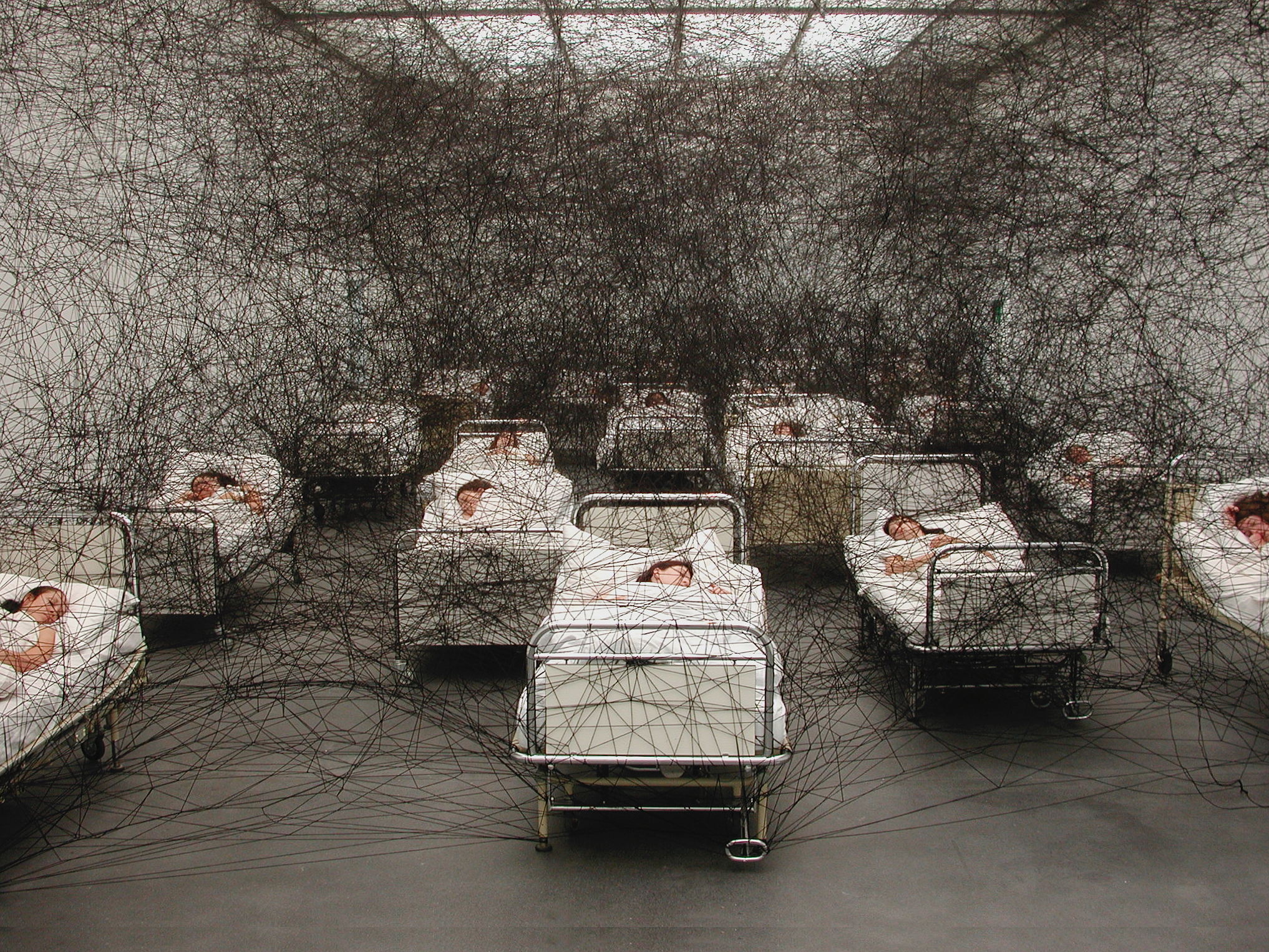
In November, we had the honour of visiting Kunsthalle Praha for Shiota’s solo exhibition, The Unsettled Soul, which will be open to the public until 28 April 2025. Marking her Czech Republic debut, the ultra immersive, 5-room show is a collection of installations that incorporate her thread, video, photographic, painting and sculptural works. Spanning 900m² in total, each site-specific installation explores a unique chapter in Shiota’s story and existential themes such as soul, memory, culture and identity.
The first installation, Crossing Paths with Fate (2024), establishes the feeling of embarking on a journey into the human condition. The fine path is determined by tightly-placed red threads hanging from the ceiling. Skeletons of boats elevated above are also engulfed with the inescapable red thread, symbolising migration into an unknown destiny.
The audience is then led to the next installation, Silent Concert (2024), where a burnt piano is positioned in the centre of the room, enveloped by black web-like thread. This silent installation evokes memories of music within the absence of it, a reference to Shiota’s frequently explored concept of presence within absence.
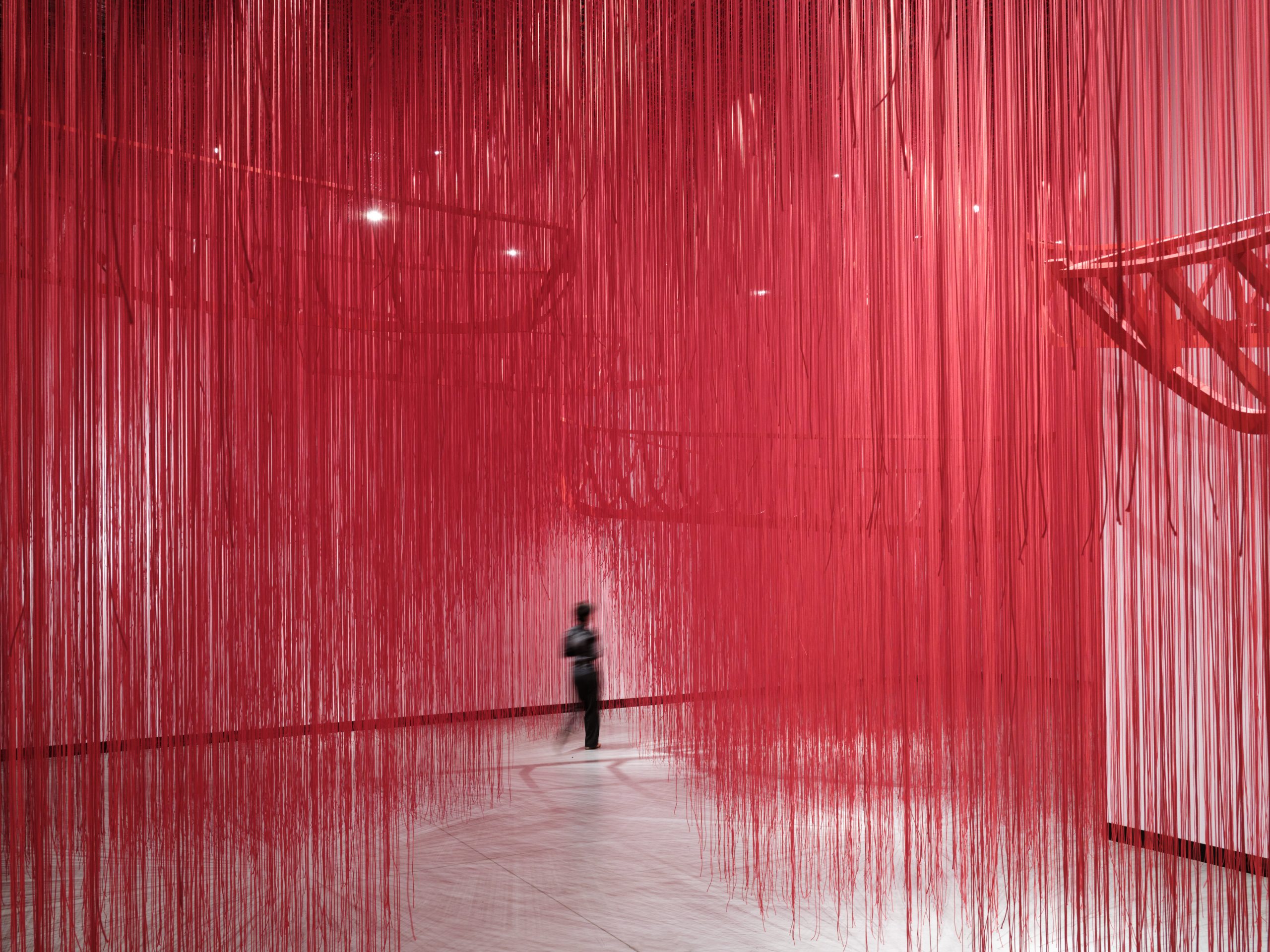
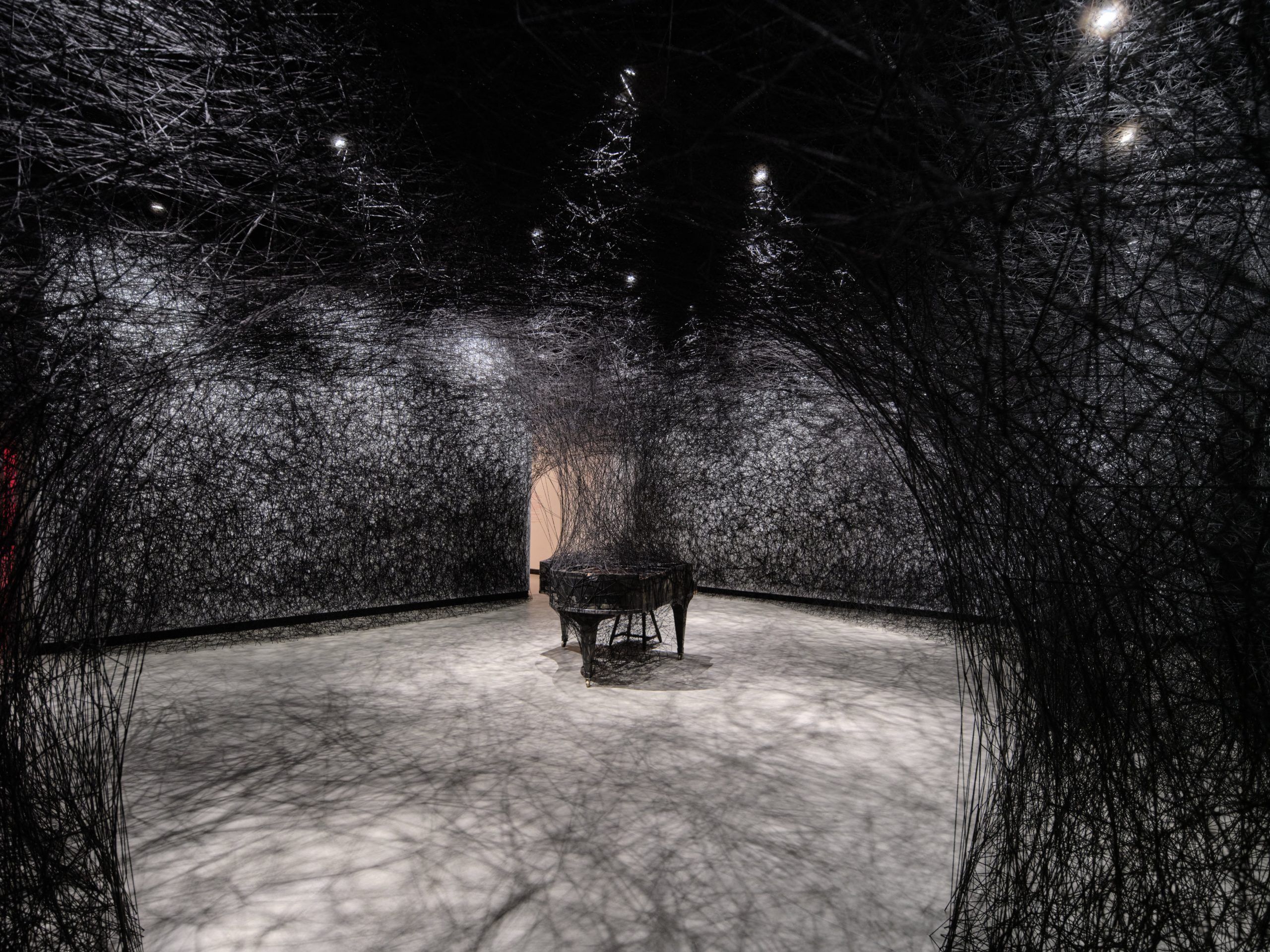
photography by Vojtěch Veškrna
The exhibition continues on the upper level of Kunsthalle with Shiota’s mixed media installation Multiple Realities (2024). Revolving around the concept of clothing as an expression of a “second skin”, it alludes to the motif of the dress as an extension of the artist’s body, a concept which she originally introduced during her performance art era.
The final installation, The Heart in your Home (2024), is a large-scale, metal-framed house wrapped and filled with red wool, the colour symbolising blood and family ties. Though Shiota has lived longer in Germany than in Japan, she still feels a sense of in-betweenness and a longing for places she is absent from. This work reflects on architecture as the final layer that connects with and protects us from the world.
The exhibition concludes with a retrospective collection of photographs, videos, paintings and sculptures, tying together the different threads of Shiota’s artistic practices and chapters of her life. This installation has been thoughtfully constructed so the audience navigates their way round a centred plinth in a cyclical motion, a reference to the connectedness of existence.
The Unsettled Soul at Kunsthalle Praha is a comprehensive survey of Shiota’s works that successfully encapsulates the expansiveness of her multidisciplinary practices, from thread-filled installations to performance art. The exhibition acts as a map of her artistic evolution, each room guiding you through different eras of her life and the disciplines that defined those periods.
Keen to find out more about Shiota’s methods, intentions and Czech Republic debut, we sat down with Christelle Havranek, the chief curator at Kunsthalle Praha.
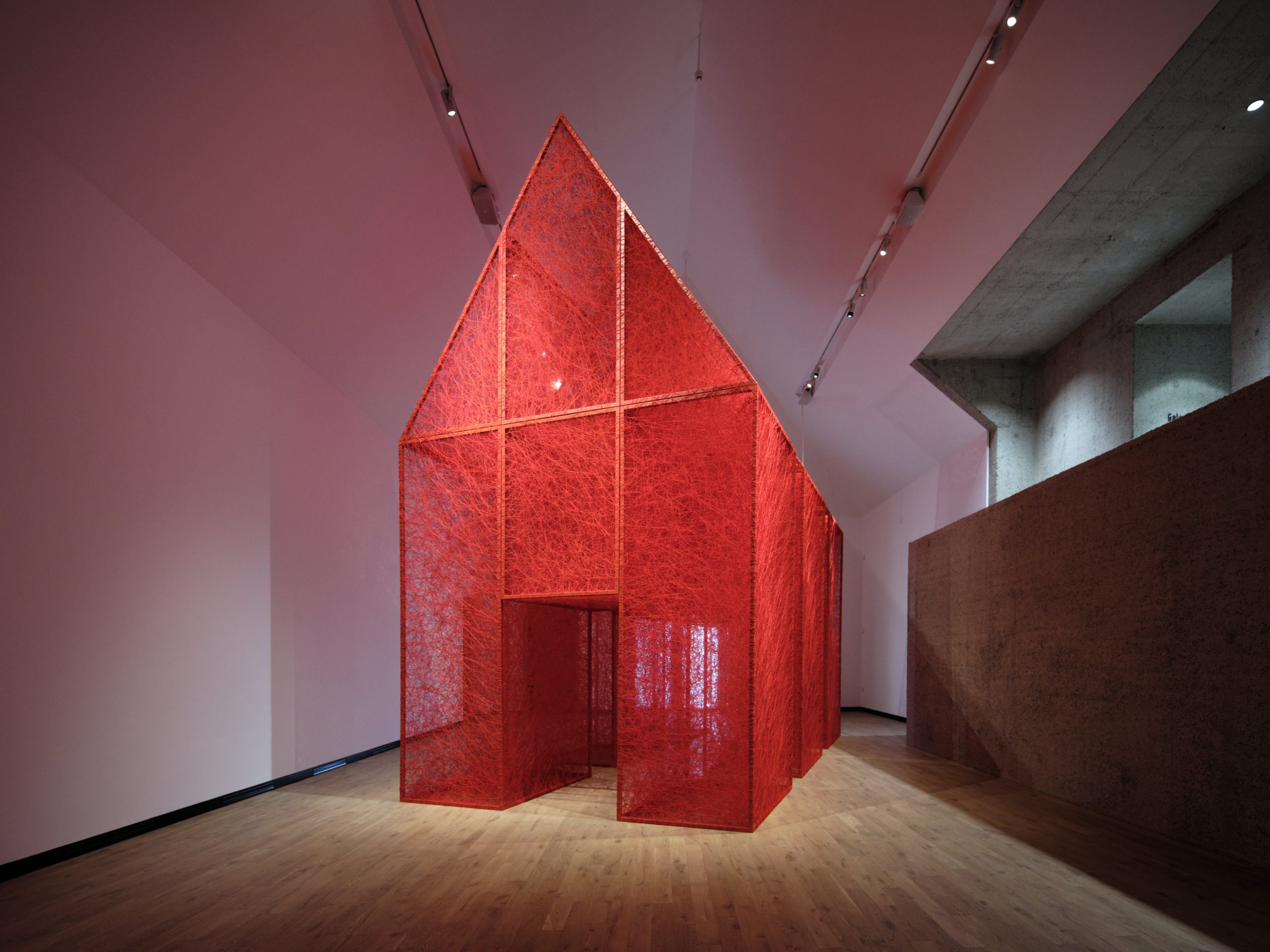
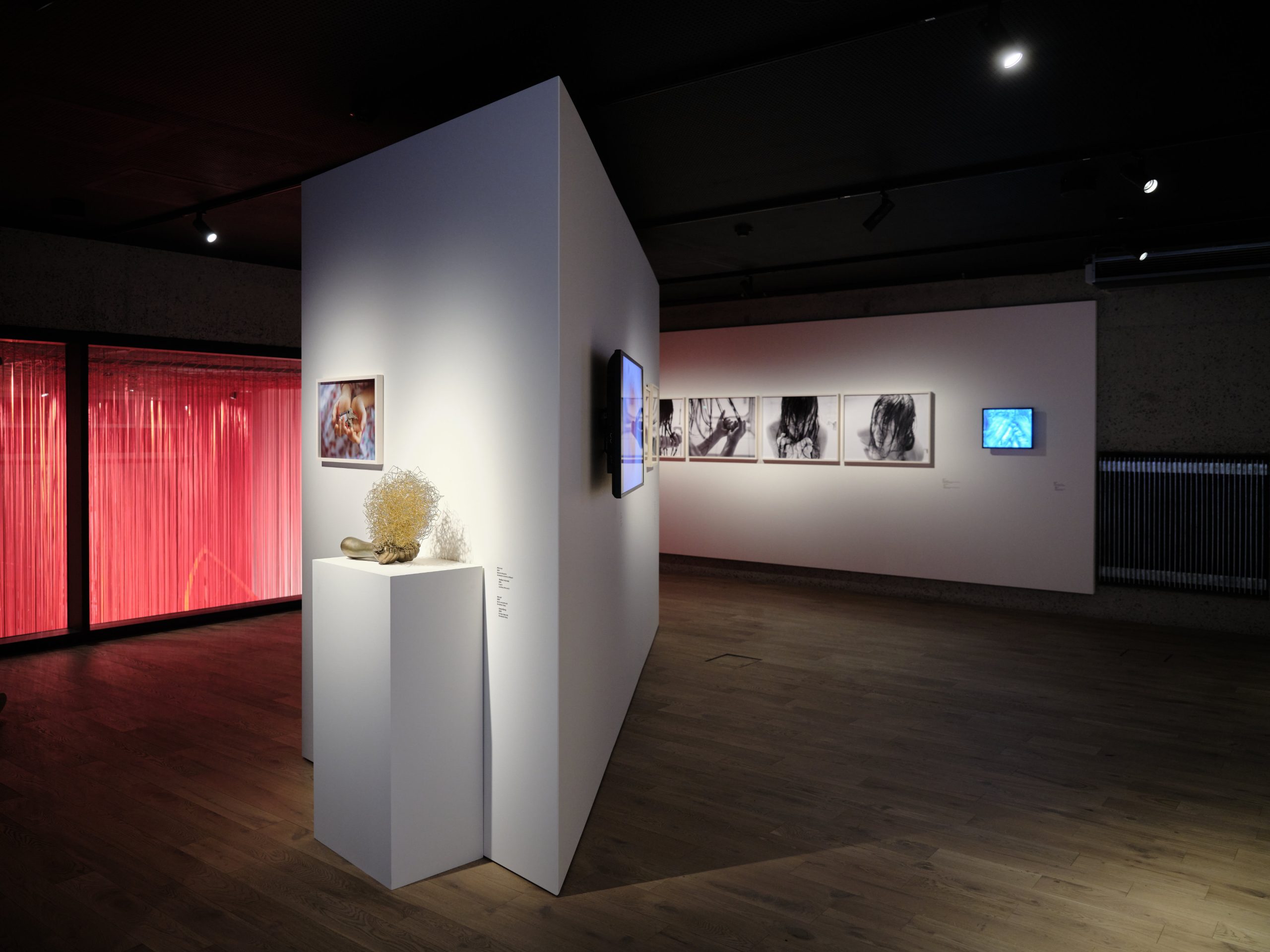
photography by Vojtěch Veškrna
Œ: What is it about Shiota’s work that coincides with Kunsthalle Praha?
Havranek: As a newly founded institution (2022), we wanted to fill a gap in the artistic landscape and present artists, trends and movements in contemporary art that have not been explored in the Czech Republic, and in this region specifically. There is a long period of art history that has been erased due to political circumstances. Female artists are one of the silenced communities whose voices we aim to call attention to.
We are currently finding our balance between thematic shows and solo shows, featuring artists who work with non-conventional materials and the exhibition space itself, as a medium to create immersive experiences, in which the audience is sucked into the artist’s world.
Through our annual solo shows, we have been able to feature major figures of the contemporary art scene such as Berlin-based artist Gregor Hildebrand and the Scandinavian duo Elmgreen & Dragset. Kunsthalle’s aim is to always explore various approaches to materiality and culture through the artist’s works. After featuring two European artists, we wanted to explore a new continent and Shiota – with her ability to occupy space in breathtaking ways – felt like an exceptional artist to present.
Œ: What about her ethos feels important to underscore?
Havranek: Shiota describes her practice as drawing in space and talks about manifesting presence in the absence. All of her work is about making abstract notions connected to the non-material – such as the soul, existence, memory, culture and identities – visible. She found her own artistic visual language using thread, which for her, is a way to materialise the connections between our body and nature, between the past and the present, through memory.
Œ: Are Shiota’s existential questions about the human condition and notion of ‘connection’ themes that Kunshalle also explores as an institution?
Havranek: Yes! I think we are already doing more than just exploring these questions, we are interested in artists who have a nuanced vision of the world and pose more questions than they provide answers. We believe in the power of being together and thinking together. For us, an exhibition space has to be a place for thinking, a place that teaches you thinking capacities rather than giving you clear information. It is not about information it is about feeling. And that’s exactly the way she works.
Œ: So it’s more about asking diverse questions from diverse angles?…
Havranek: Of course, it is difficult to say that we have a type of artist we prefer working with. We are interested in experiments, in materiality and different ways of thinking about the world. We like to be surprised, intrigued, and Shiota is exactly the kind of artist that evokes these emotions in us.
Œ: It feels as though the longer one experiences her installations, the more layers can be found within them. How do you think the aspect of layered meaning plays into her work?
Havranek: Actually, it is exactly what she wants. Part of her goal is to trigger different associations and feelings. She is definitely aware of the multiplicity of understanding and invites the audience to it.
Œ: What is the intention behind premiering Shiota’s work to a Czech audience specifically?
Havranek: The intention, I would say, is to showcase an artist from abroad that has an approach we are not used to seeing here, offering an expansion of artistic possibility. Partially due to the lack of financial resources a lot of galleries tend to focus on the local scene, so working with Shiota expands the vision of what else art might be. With Japanese philosophy being quite present in her work and our part of the world being very materialistic, seeing life in a more circular way, with no beginning or end, is something Kunsthalle finds essential to shed light on.
Œ: What was it like working with Shiota and her production team?
Havranek: Working with people from a different culture is always very exciting. One of the clichés about Japanese people proved to be true in this case, as the team’s extremely precise and efficient way of working became apparent very early in the process.
The ease and facility of this collaboration felt amazing. There was no hesitation, no misunderstanding and even though, funnily enough, Shiota’s work is about the complex questions of humanity, the preparation phase of the exhibition was very straight forward. The installation is extremely difficult to put together but with the help of her very close team of people who have been working with her for decades, Shiota manages to keep everything well organised.
Œ: Did you face any difficulties in the curation process?
Havranek: I am very surprised to tell you that there really weren’t any problems. We were all so enthusiastic about this project that we wanted to give it our all. I think the same was the case for Shiota and her studio team. For her, it was an interesting invitation from a part of the world in which she does not exhibit very often.
For us, it was an opportunity to collaborate with an artist who provides a refreshing angle on the material and conceptual approach to contemporary art. I guess this curiosity and interest in its reciprocity made the process quite easy. In a way it was truly a dream collaboration!
The Unsettled Soul will be open to the public until 28 April 2025. Special thanks to Kunsthalle Praha for the invitation and interview.
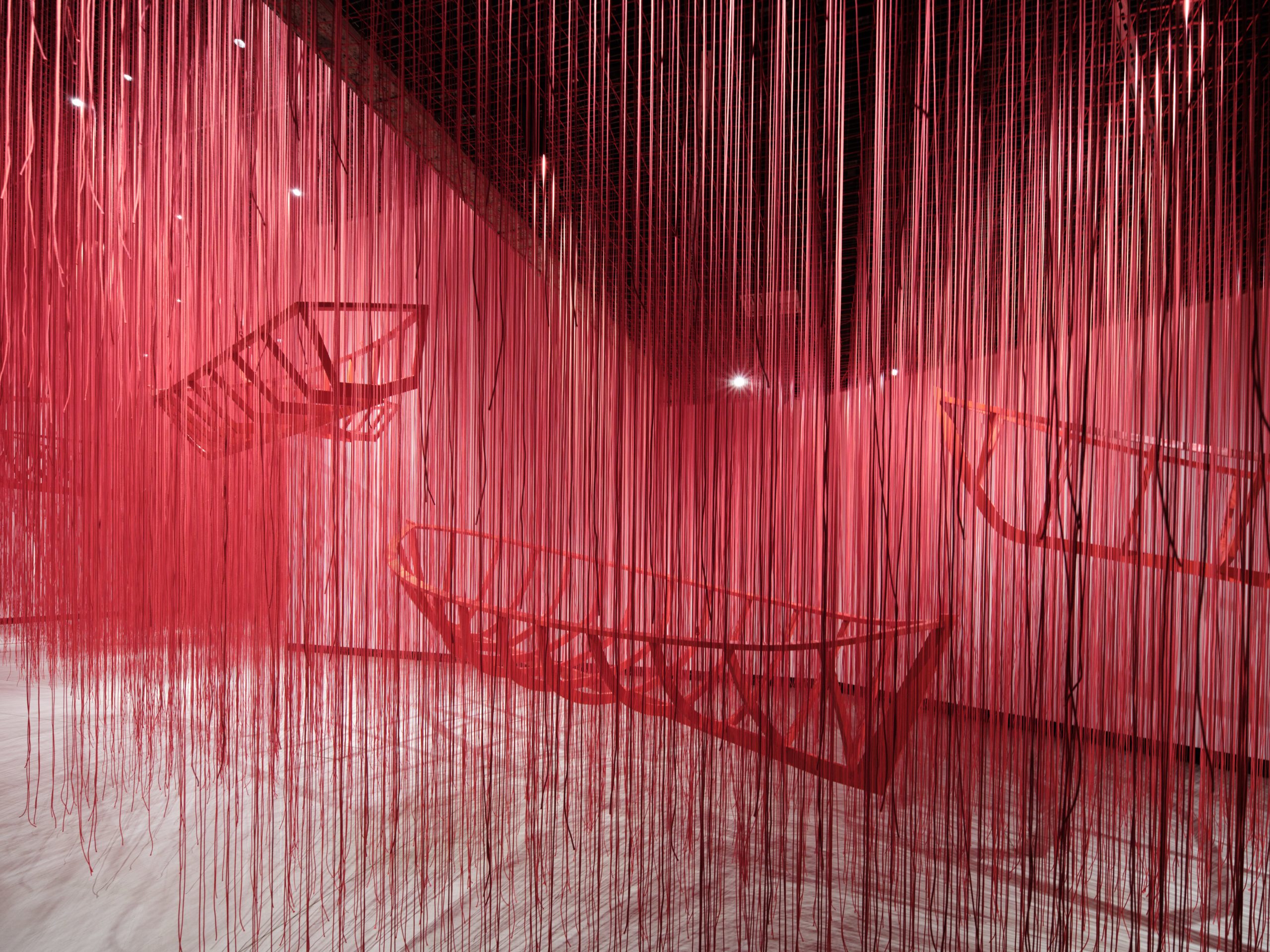
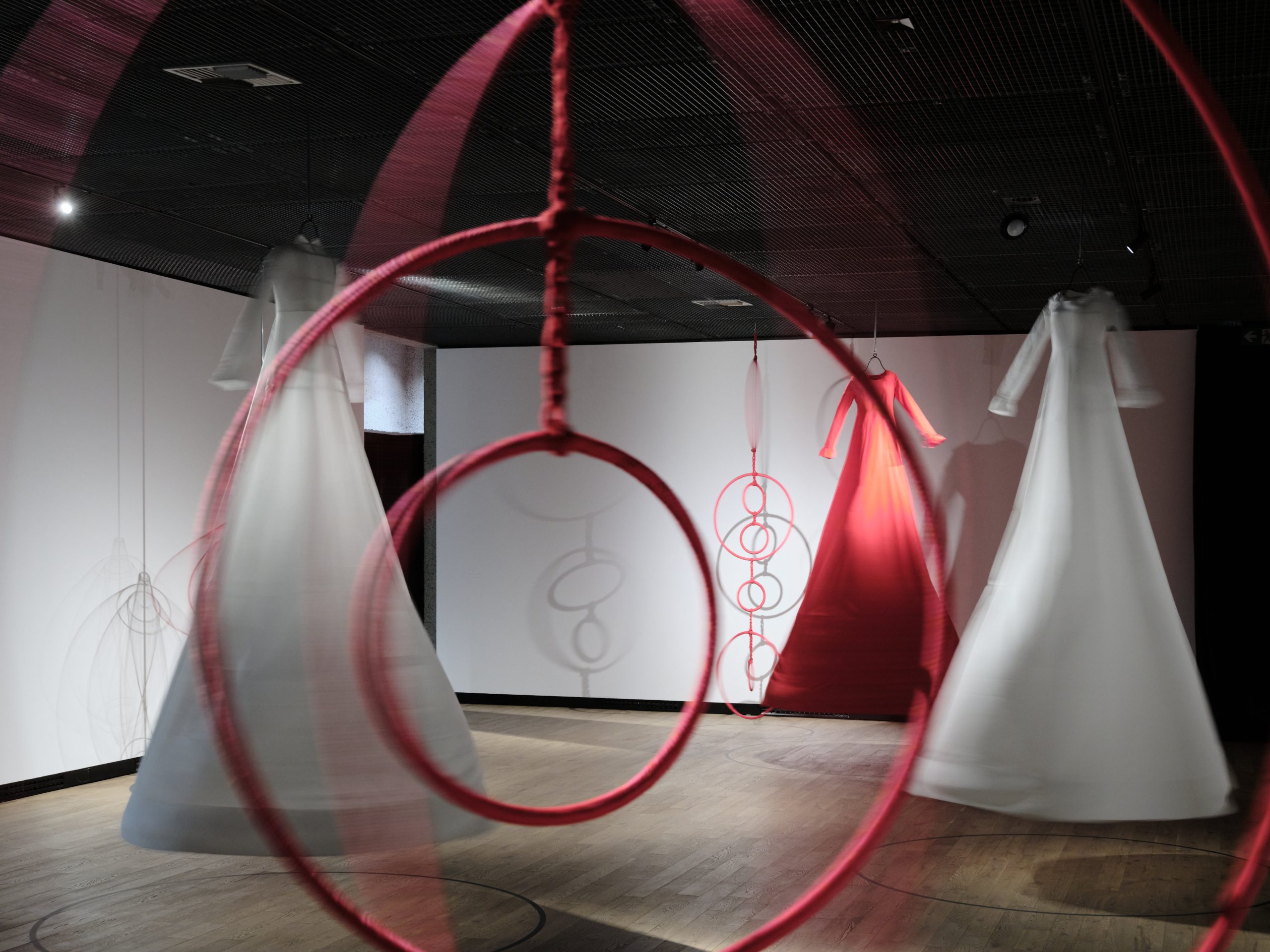
photography by Vojtěch Veškrna
